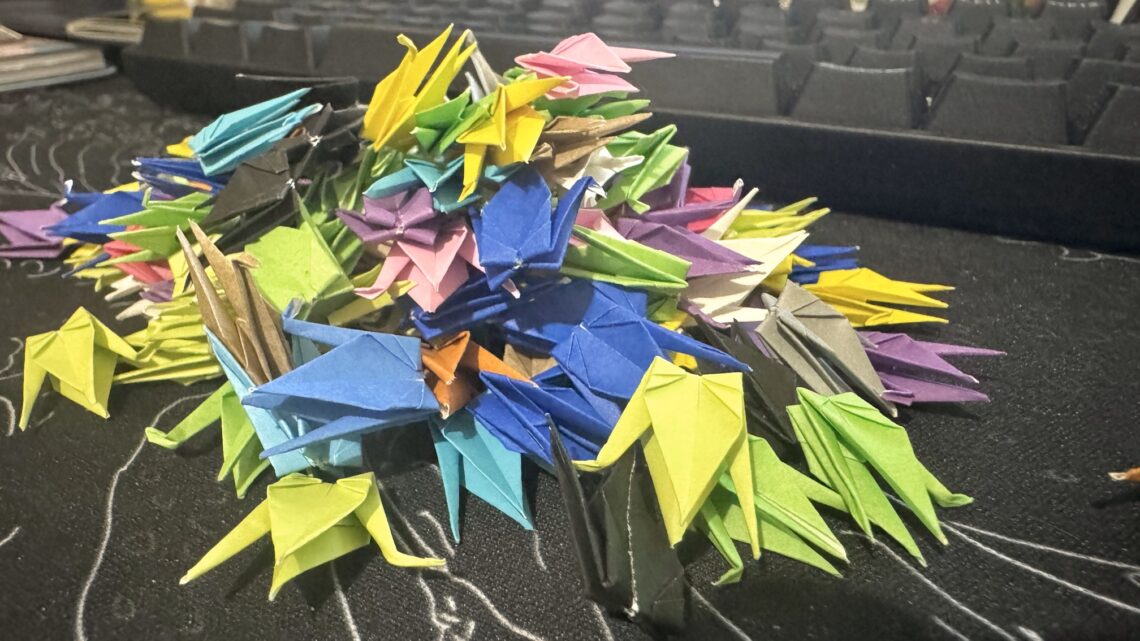
Symbols of Hope, Healing, and a Thousand-Year Tradition

Origami cranes are among the most iconic figures in Japanese paper-folding art, or origami, cherished for their beauty and symbolism. This art form dates back to the Edo period (1603–1868), but the crane’s prominence in origami began as people adopted it as a symbol of peace, longevity, and good fortune. In Japanese culture, the crane is known as a mystical creature that lives for a thousand years, making it an ideal emblem of lasting hope and resilience.

The tradition of folding 1,000 origami cranes, known as “senbazuru,” grew from the belief that completing this task would grant one’s deepest wish. This practice became especially meaningful in Japan after World War II, largely inspired by the story of Sadako Sasaki, a young girl affected by the Hiroshima atomic bomb. Sadako began folding cranes in hopes of recovering from leukemia, sparking a global movement that has made senbazuru a powerful symbol of peace and the desire for a world without nuclear conflict.

Today, folding origami cranes remains a cherished practice, whether as a personal meditation, a way to share good intentions, or a communal activity in remembrance of Sadako’s wish. People all over the world create and donate senbazuru to places of remembrance and peace, carrying on a message that has transformed a simple paper craft into a universal expression of hope and healing.




